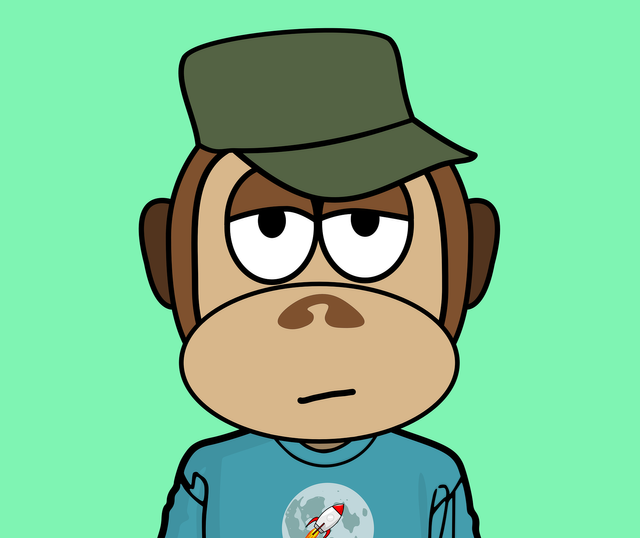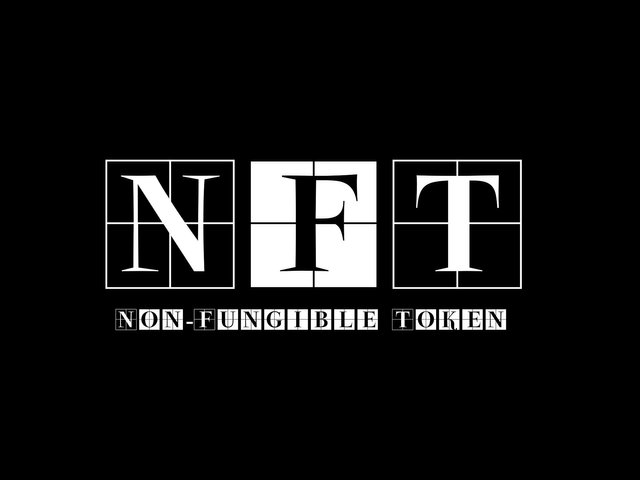What is NFT and How Does NFT Work?

NFT is the abbreviation for Non-Fungible Token. It is a digital asset that can be used as a medium of exchange, a form of digital asset storage, and a unit of a digital asset’s ownership. It is also known as Non-Fungible tokens or NFTs.
NFTs are digital assets that represent an item, a property, a concept or a brand. They are digital representations of unique items.
The most notable and widely-used example of NFTs today is CryptoKitty, a digital token that represented a cartoon kitty.
These digital tokens are used to represent a specific breed of cats. This enabled CryptoKitties users to collect different CryptoKitties and trade them with other users. CryptoKitties is a great example of the potential that NFTs have.
CryptoKitties is one of many NFT-based projects working on the integration of blockchain technology into the world of real-world assets. The potential of NFTs as a method of representing, storing, and exchanging virtual goods is huge. Millions of dollars are being invested in projects that integrate NFTs into the real world.
Check out my blog: https://tinyurl.com/3sf7raer
What is the difference between a token and an NFT?
Tokens are typically digital assets that are used to purchase goods or services. Tokens are often used as a reward system for users, who then use them to pay for goods and services. For example, you may use bitcoin to purchase goods and services. The bitcoin you receive is not a digital asset, it’s a token.
Non-Fungible tokens are digital assets that are unique and can only be used one time. They are unique and can be identified by a certain characteristic, such as a specific digital asset like a CryptoKitty or a digital token like a bond.
How Does NFT Work?

NFTs are built on blockchain technology. They are decentralized digital assets, which means they are not hosted or controlled by a single entity. Users can own NFTs and trade them with other users.
NFTs can be used to represent any kind of asset. They can be used to represent a toy, a car, or a piece of real estate. They can also be used to represent collectibles.
NFTs are made up of two main components: - The Asset - The user who owns the asset is responsible for creating and publishing that asset.
- The Exchange - The users can buy and sell NFTs with each other. Exchanges can be decentralized or centralized.
Check out my blog: https://tinyurl.com/3sf7raer
Examples of NFTs
- Collectible: CryptoKitties, Name Bazaar, Token Factory, etc.
- Real-World Asset: Augur, Bitproperty, etc.
- Game: Bodhi, Custody, etc.
Pros of Using NFTs
- Decentralized: No single party controls the assets, which makes it safer.
- Security: Blockchain technology secures the assets and makes them tamperproof.
- Transparency: Transactions are transparent and open to public scrutiny.
- Privacy: The owners of the assets can decide who sees the transaction details.
- Interoperability: The assets can be freely transferred between addresses.
Cons of Using NFTs
- Lack of Interoperability: Assets are only transferable between addresses, which limits their use.
- Lack of Interoperable: There are only a few platforms for exchanging assets.
- Lack of Standard: There is no standard for the assets, which makes it difficult to build on them.
- Lack of Adoption: There is limited usage of NFTs.
Final Words: Is Using NFTs Worth It?
Using NFTs is a very promising technology. However, there are some challenges that make it difficult to use. The lack of interoperability, interoperable, and standardization make it difficult to use. Another challenge is the lack of adoption. As NFTs become more popular, it will be harder to use them. However, the potential of NFTs is huge, and it is only a matter of time before this technology becomes widely accepted.